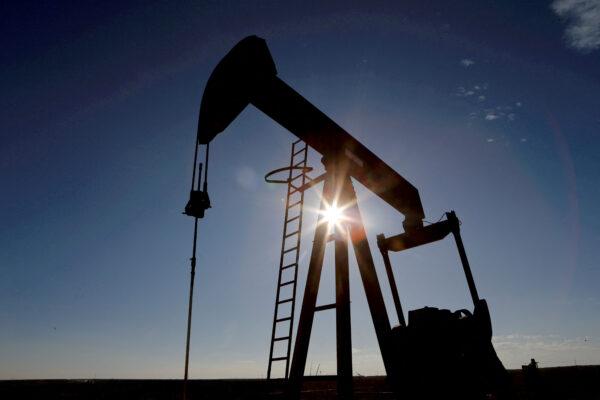Despite the international community’s pledge to depend on renewable energy to achieve its net-zero emissions goal by 2050, the world will need oil and gas for the next 50 years, according to JPMorgan Chase CEO Jamie Dimon.
“We need oil and gas. We need cheaper oil for 50 years. It’s 100 million barrels a day that are used by the world to heat, fuel, feed people,” he said.
In response to host Joe Kernen, who noted that “true climate zealots want to end it now,” Dimon replied, “You then have a calamity, a global depression.”
This isn’t the first time that Dimon has championed the need for oil and gas and lamented about public policymakers trying to shift away from fossil fuels.

As energy prices soared in 2022, many poorer nations turned to dirtier fuel sources, including coal-fired power plants.
“We have a longer-term problem now, which is the world is not producing enough oil and gas to reduce coal, make the transition, create security for people. So I would put it in the critical category, and this should be treated almost as a matter of war at this point,” he said.
“Absolutely not, and that would be the road to hell for America,” he said.
“We aren’t getting this one right,” Dimon said. “You’ve all seen it because of the high price of oil and gas, particularly for the rest of the world. So you’ve seen everyone going back to coal, not just poor nations like India and China, Indonesia, and Vietnam, but also wealthy nations like Germany, the Netherlands, and France.
“We’ve all learned that energy supply globally is not secure. It’s still precarious.”
Is Dimon Right?
Although many countries have pledged to wean themselves off of crude oil and natural gas in the coming decades, a growing number of reports from prominent organizations concede that oil will remain a significant form of energy through 2050 worldwide.“We do see a lot of impact from the growth in renewables and such in reducing carbon intensity,” Chris Namovicz, EIA’s Electricity, Coal, and Renewables Modeling Team lead, said in the outlook. “That being said, demand is still growing, and there are still portions of demand that are most economically satisfied through burning of fossil fuels.”
Gasoline will also remain the primary transportation fuel.
“Long-term non-OECD demand is expected to increase by 24 mb/d [million barrels per day], driven by an expanding middle class, high population growth, and stronger economic growth potential,” OPEC stated in its report. “As a result, global oil demand is projected to increase by 12.9 mb/d, rising to 109.8 mb/d in 2045.”





